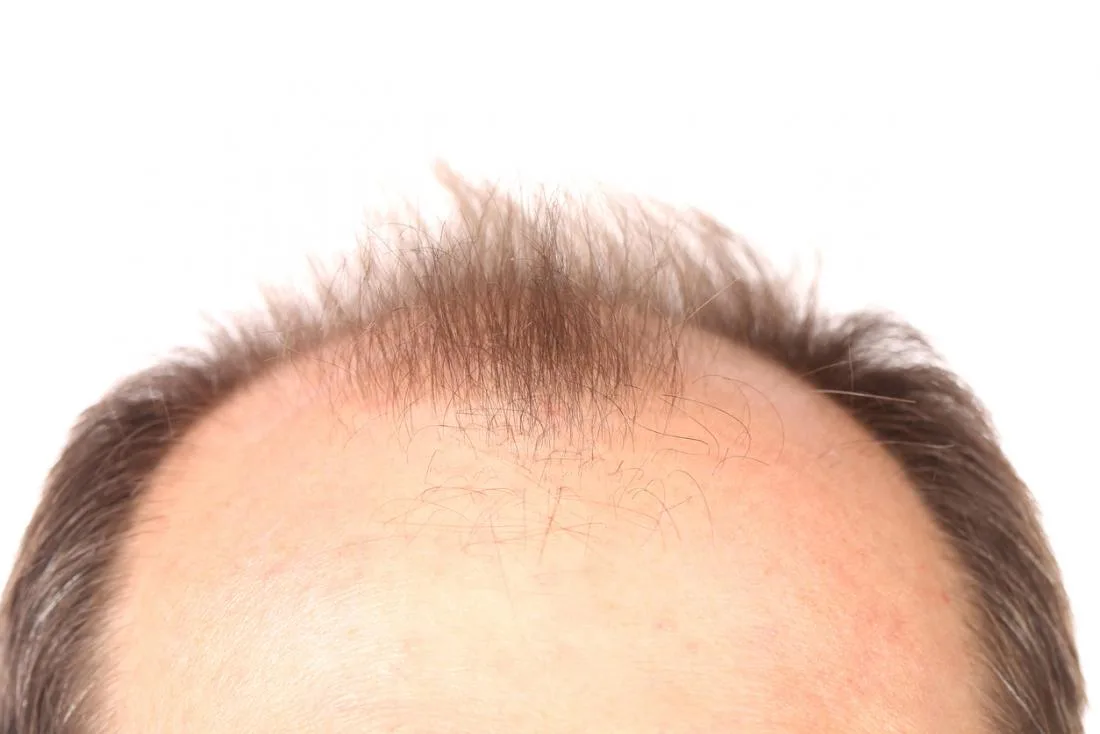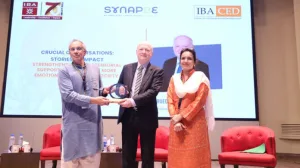Medical professionals in Pakistan have raised concerns over a significant rise in hair loss cases, revealing that approximately 70% of individuals up to middle age are experiencing baldness. This trend is not limited to men; women are increasingly reporting hair thinning and loss, attributed to factors such as genetics, illnesses, and stress
Surge in Hair Loss Cases
At a recent seminar in Islamabad, the Hair Transplant Society of Pakistan disclosed that nearly 30 million Pakistanis are currently affected by hair loss. Dr. Rana Irfan, President of the Society, noted that hair loss begins early for many:
- 20% start losing hair in their 20s
- 40% by their 40s
- 50% by their 50s
- 70% by their 60s
This escalating issue underscores the need for effective interventions and increased public awareness.
Shortage of Qualified Surgeons
Despite the growing demand for hair restoration procedures, Pakistan faces a significant shortage of qualified professionals. Currently, only about 150 certified hair transplant surgeons are available nationwide, whereas an estimated 5,000 are needed to meet the demand. To address this gap, the Hair Transplant Society has announced plans to train 1,000 new surgeons, aiming to provide safer and higher-quality treatment options for patients.
Contributing Factors to Hair Loss
Experts identify several factors contributing to the rise in hair loss cases:
- Genetic predisposition from either parent
- Medical conditions such as typhoid
- Mental stress and other illnesses
Dr. Jawad Jahangir, a hair transplant specialist, emphasized that while genetics play a significant role, many cases of hair loss can be prevented with proper care and early intervention.
Initiatives to Combat Hair Loss
The Hair Transplant Society’s initiative to train more surgeons is a proactive step toward addressing the hair loss epidemic. By increasing the number of qualified professionals, the Society aims to reduce the risks associated with unqualified practitioners and improve patient outcomes.
As hair loss continues to affect a substantial portion of Pakistan’s population, especially among the youth, these efforts are crucial in providing effective solutions and restoring confidence in those affected.




+ There are no comments
Add yours